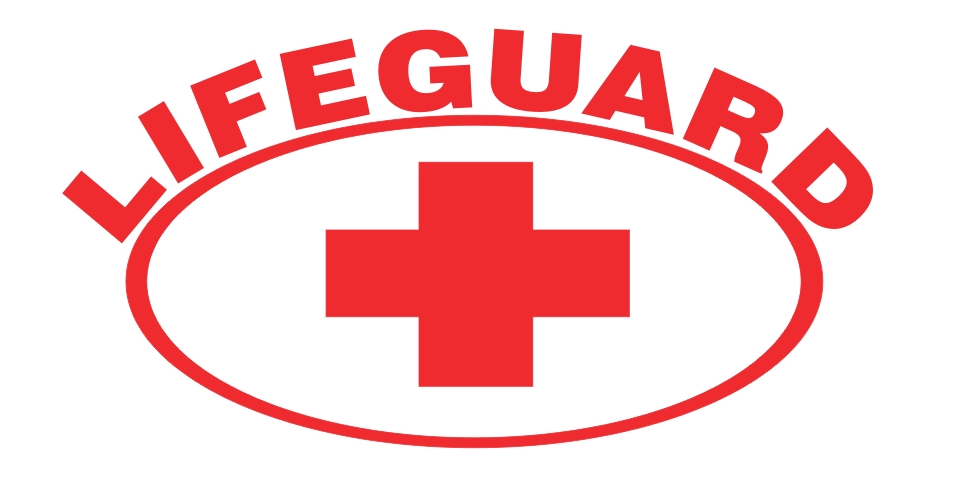Lifeguard certificates are offered to swimmers who want to be certified in their field of life-saving. Lifeguard training is a critical and essential aspect of lifeguard keeping. Without the necessary life-saving techniques, many lives could be lost every year at beaches across the world. Lifeguard training helps to ensure that people have the skills required to save lives by teaching them how to spot signs of danger, rescue drowning victims, and act when necessary. Lifeguard training can be undertaken as an online course or a lifeguard course.
Lifeguard certificate training can begin by offering basic swimming skills. The Lifeguard training courses for beginners include swimming techniques for both men and women, how to swim for panic or anxiety, how to balance on the back of a swimming pool chair, and more. The course can also involve learning about water safety for swimmers of all ability levels. Lifeguard training courses should be taken seriously by swimmers who have completed the training and are fully qualified to work as Lifeguards. Lifeguard training should also include a thorough grounding in CPR (Cardio Pulmonary Resuscitation) and AED (automated external defibrillator) techniques.

Lifeguard certificate training and AED courses are not limited to just people of certain ages; for example, you can still become a lifeguard if you are pregnant or have children. Lifeguard training allows swimmers of all ages and abilities to take part in saving lives. Different types of lifeguard certificates are available, depending upon what the Lifeguard Association has determined to be the appropriate life-saving skills for your particular field of Lifeguard practice. For example, a Lifeguard certificate is only awarded to those who have been trained and certified in CPR. A Lifeguard certificate can be added to other qualifications, for example, a swimming diploma or swimming instructor.
Lifeguard certificate courses help teach swimmers how to maneuver in the water and keep away from danger whilst they are saving lives. Lifeguard training enables swimmers to maneuver rescue boats close to shore and also teaches them how to use equipment such as the lifebuoy and the life-saving floatation device. Lifeguard training gives swimmers a greater understanding of buoyancy, wave action, and swimming speeds when dealing with dangerous situations.
Lifeguard courses are available at most community colleges and can be taken in conjunction with a swimming program at the local YMCA or a public swimming facility. Lifeguard courses can be tackled individually or can be taken as part of a multi-sport or lifeguard training course. Lifeguard training can involve working as a team but is usually undertaken individually. Lifeguard courses can be undertaken in as little as six months but may take longer. Lifeguard training includes everything from swimming and clearing water to lifesaving techniques, from swimming techniques to dealing with emergencies. Lifeguard training helps to build the skills of Lifeguards and instills in swimmers a sense of responsibility for other life in the sea.
Lifeguard certification is provided by the Lifeguard Association International (LIA). To apply for a Lifeguard Certificate, you will need to pass a written Lifeguard Examination with a Lifeguard Training and Research Associate (BTRA). A Lifeguard Certificate is the entry-level education diploma required to begin working as a lifeguard. To be certified, a Lifeguard must demonstrate the ability to swim and hold various types of Lifeguard Equipment. To obtain a Lifeguard Certification, a Lifeguard must successfully complete a 2-hour Lifeguard Examination with a BTRA.
 Blogs
Blogs